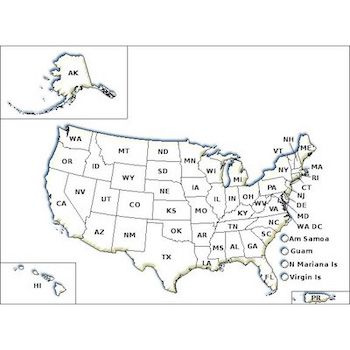Several kinds of stink bugs exist naturally in the U.S. but a new species arrived recently, the Brown Marmorated Stink Bug (BMSB). It has become a problem for farmers and homeowners alike. The BMSB came from Asia in the 1990s and, since then, has hitched rides to many states. The adults emerge in spring and feed on plants, causing damage and spreading diseases to fruit, vegetable and other plants. Offspring produced during the summer often seek shelter as temperatures drop in the fall, causing severe infestations in homes and businesses.
Control tips:
- Stink bugs do not do any structural damage to homes and they do not sting or bite.
- Stink bugs release foul smelling chemicals to avoid predators. They also give off other chemicals to attract other stink bugs.
- When a BMSB finds a suitable winter shelter, it secretes a chemical odor that attracts other stink bugs.
- Killing a stink bug does not attract more stink bugs.
- To keep your home from becoming attractive to stink bugs, seal up windows and foundations to prevent their entry and quickly removing any stink bugs that find their way in by hand or with a vacuum.
- Stink bugs begin to emerge in spring and early summer. You can use a simple homemade light trap to capture and kill many of them indoors.
- Using pesticides inside the home to control stink bugs is often ineffective.
- Some pesticides have been effective when used as outdoor perimeter treatments for homes when applied at the correct time of year.
If you need help identifying or controlling stink bugs, see the resources below or contact your local cooperative extension office for assistance. Many extension agents are monitoring the spread of invasive stink bugs and are willing to provide help identifying local species.
If you have questions about this, or any pesticide-related topic, please call NPIC at 800-858-7378 (8:00am - 12:00pm PST), or email us at npic@oregonstate.edu.



